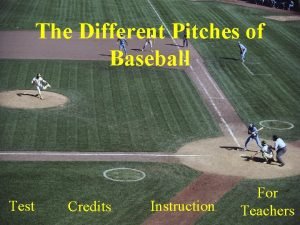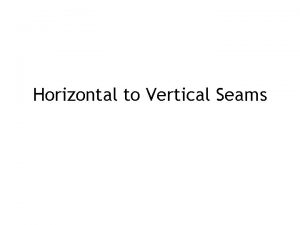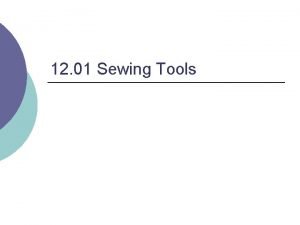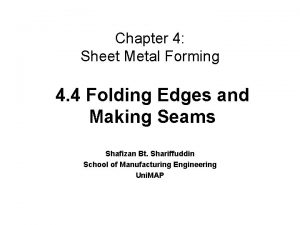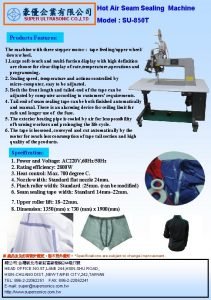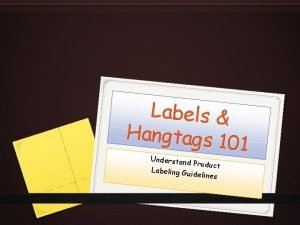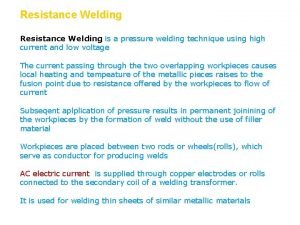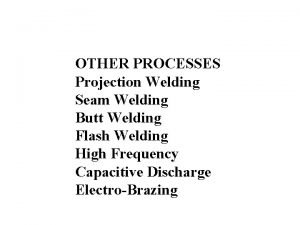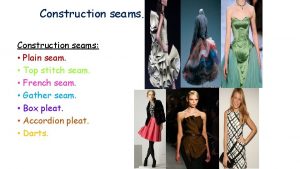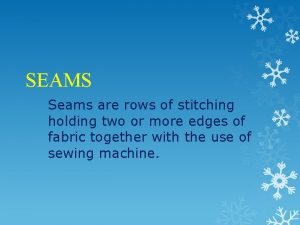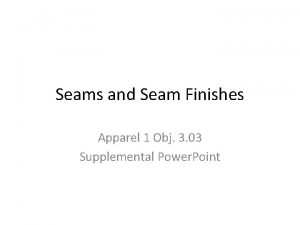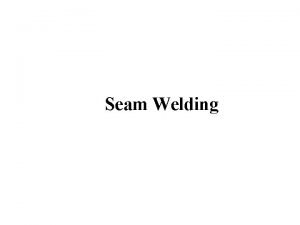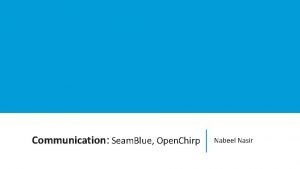SEAMS NEATENING What is a seam A seam











- Slides: 11

SEAMS & NEATENING

What is a seam? A seam is a join between two pieces of fabrics. We can find seams at different parts of garments eg: side seams, shoulder seams etc. What types of seams can you think of?

Different Types of Seams Open seam Closed seam Lapped/Overlaid Run seams and Fell/Double. Stitched seams

Seam Neatening Seams can also be neatened in different ways:

Open Seam The basic seam which is suitable for most sewing processes. Suitable for fabrics that can be pressed well. Can be neatened in different ways eg: overlock/zig-zag. Put Pin, right sides together. tack and stitch 1. 5 cm in. Press seam open and neaten.

French Seam Has the raw edges enclosed so they look neat on both sides. Ideal for transparent or fine fabrics. Place wrong sides together. Sew 0. 5 cm in. Press seam open. Fold right sides together on machining line. Pin, tack and machine stitch. Press seam towards the back.

Run and Fell Seam Mostly used for items subjected to heavy wear eg: boiler suits, jeans etc. On fine materials, it gives a very flat finish eg: pyjamas. Place wrong sides together. Pin, tack and stitch (1. 5 cm). Press seam open. Trim one side of the seam allowance (the back/left side) to 0. 5 cm. Fold the other side in half and press over the trimmed side. Pin, tack and machine.

Bound Seam A neat finish for an open seam where bias binding is used on the edges to prevent fraying. Open out one folded edge of the binding. Lay it on the seam edge. Pin, tack and machine on the binding crease. Fold the binding over the edge. Pin, tack and machine.

Different Types of Seams What factors should we consider when deciding which type of seam and neatening to use?

Choosing the Type of Seam: Points to Consider How fine the fabric is (for a fine fabric, use a French seam) Whether it presses well (if it does, you can use an open seam) Whether the garment will be subjected to heavy wear (it would need a stronger seam eg: run and fell seam) Whether it frays badly (if it frays, it needs to be neatened with overlock, bias binding or machine-edged) Whether it is bulky when folded (if it is bulky, use an open seam neatened with zigzag) Whether it is stretchy (if stretchy, finish with three-step zig-zag) How transparent it is (if the seam will show, use a neater seam eg: French seam)

Conclusion What type of seam would you choose for the following items? A pair of lace gloves A denim trousers to use for work A cotton shirt
